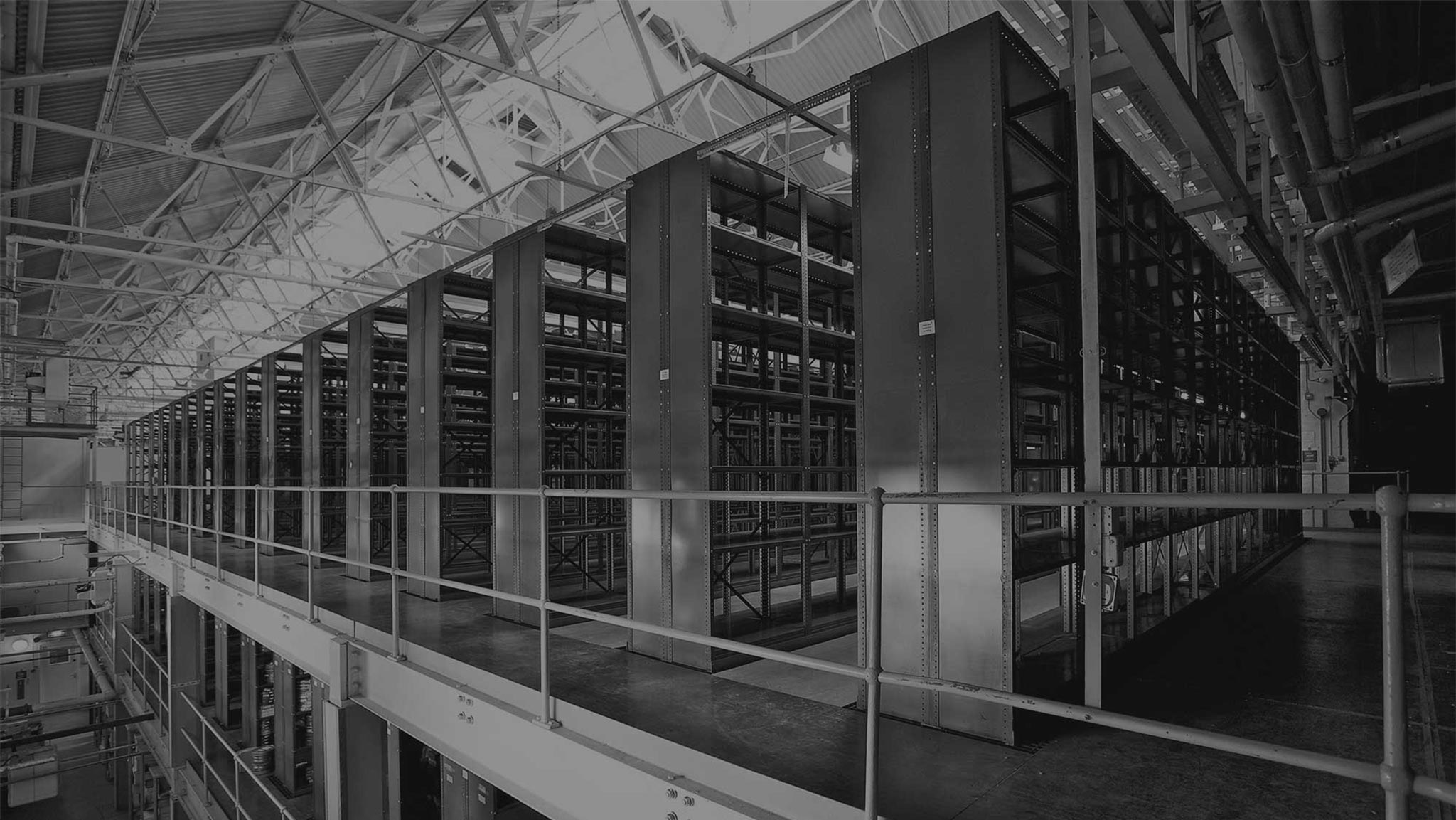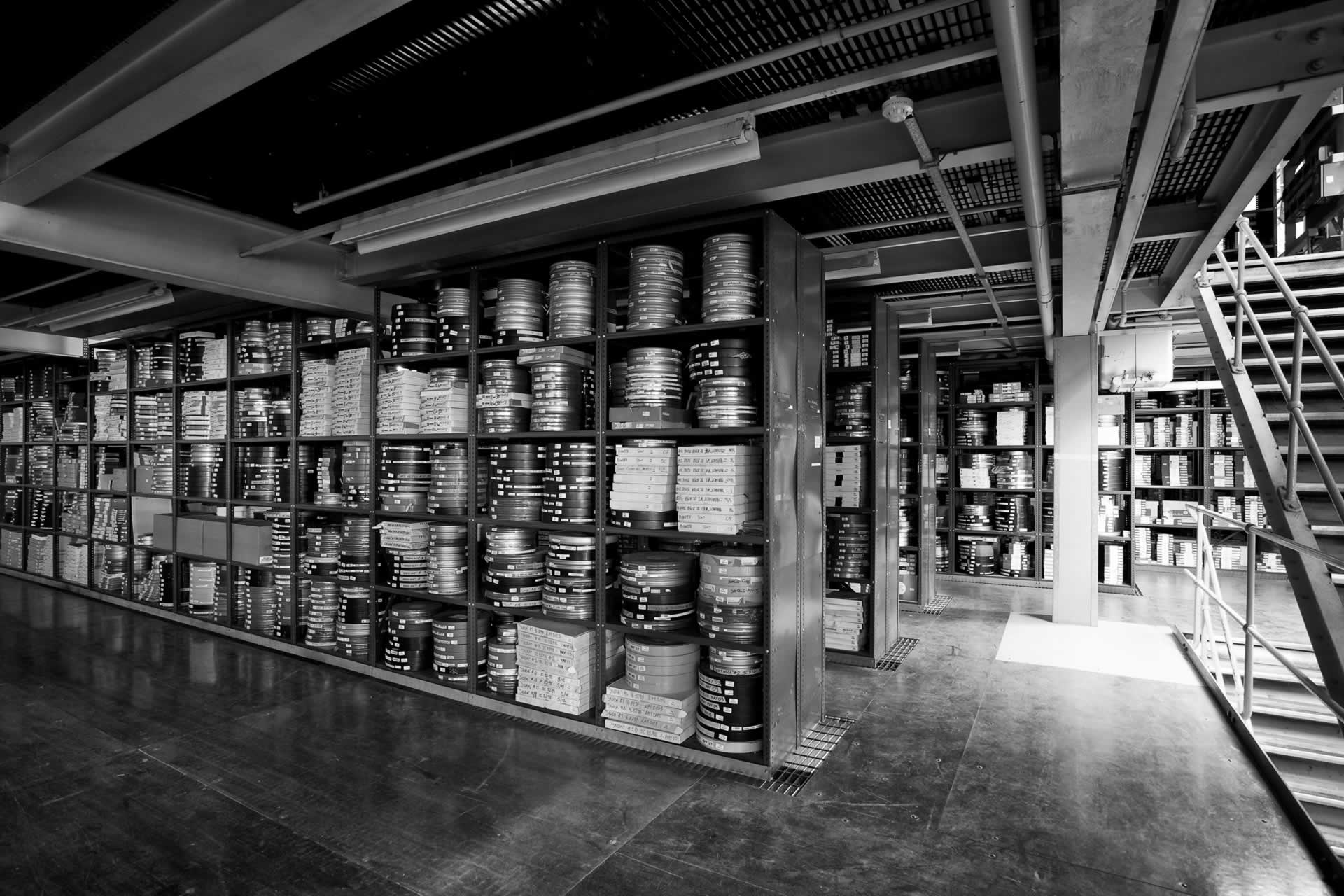How Often Should LTO Tapes Be Replaced?
LTO tapes provide a secure, long-lasting and comprehensive storage solution for digital media. However, a lack of knowledge can mean that they are compromised, or end up faltering long before they should show any signs of deterioration.
It is widely accepted that LTO will provide you with storage for as long as thirty years, so long as it is looked after correctly. However, for optimal data protection and to minimise the risk of losing valuable files, you may need to replace your LTO tapes much sooner. It is often said that every 3-5 years for frequently used LTO tapes is best, depending on how much the tape is used and how it is stored. It is estimated that Ultrium media (as LTO is often referred to) can handle 260 full backups until it needs replacing, although much depends on the generation of the LTO tape. Early versions, such as LTO-1 to LTO-6, will require changing after far fewer backups.

What is an LTO tape?
LTO, or Linear Tape-Open tapes, are a popular choice for data storage when large volumes of information need to be stored. Chosen for their long-life span, durability and cost-effectiveness, LTO tapes provide businesses with a fantastic option for their storage needs and are an easy choice for those wishing to keep data safe and secure and for long periods.
It’s important to note that in some cases, damage and quality issues can become apparent over time, so failure to replace LTO tapes at the right point could cause permanent data loss.
What influences the lifespan of an LTO tape?
The lifespan of LTO tapes can be greatly compromised in certain situations. Your LTO tapes could become damaged or lose their functionality:
- If they are not stored correctly
- If they are used frequently
- Depending on which LTO generation they are
LTO tapes generally last for approximately 260 full tape reads or 1 million passes. This means they can hold a very large amount of data; in many cases, it would be unusual to fill a tape. They are built with durability in mind, but significant overuse could mean that their capabilities are hindered.
Frequent use
Every time a read or write is performed, the tape surface will start to wear. If backups are especially frequent, the tape will reach end of life much faster. Therefore, LTO tapes used for regular backups will need to be monitored and replaced more often.
Storage of LTO tapes
Magnetic tapes like LTO require optimal storage conditions in order to optimise their shelf life. LTO tapes should be stored in secure, temperature-controlled conditions. The temperature should be between 16 °C and 25 °C, with a humidity range of 20-50%.
Handling of LTO tapes
Whilst LTO tapes are robust, mishandling or lack of care means they will need to be replaced more often. Irreversible damage can be caused if a tape is dropped or exposed to magnetic fields, at which point it may be too late to access any stored data.

When should you replace LTO tapes?
It’s not always easy to spot signs that your LTO tapes need replacing, although read/write errors could mean your LTO tape is damaged. Even though many LTO versions, such as LTO-9, have error correction technology built in, a significant number of errors will mean that your tape is not functioning correctly.
In addition, you may notice damage to the LTO tape such as any torn, stretched or frayed areas. This would indicate that you need to replace your tape right away in order to avoid any data loss.
LTO tape replacement schedule
With the correct care, you will get many years from LTO tapes. However, to minimise the risk of data loss, it’s worth setting up a replacement plan.
Advice can vary depending on the experts you speak to, but in most cases, a replacement should be sought every 3-5 years. If the tapes are purely for archiving purposes, you may be able to look at replacing them every 7-10 years. This is all dependent on the storage controls mentioned above.
What happens if you don’t replace LTO tapes?
If you choose not to replace your LTO tapes as they approach end of life, you could risk permanent loss of valuable data. Data recovery is sometimes possible, but this can be an expensive and lengthy process and isn’t always successful.
Perhaps more importantly, if the data is business sensitive and vital for the operation of a company, there could be far reaching implications both financially and professionally. By replacing the tapes and implementing regular checks on their condition, you can reduce this risk substantially. This results in enhanced data protection and significant cost savings.
What are the best practices for LTO tape management?
If LTO tapes are left as they are without correct controls, there is greater risk of a data or security breach. When it comes to managing and maintaining your tapes, we therefore recommend regular testing & monitoring, as well as tape rotation. This will ensure replacements are carried out when necessary, and that the security of valued data remains paramount.
Testing and monitoring
It is suggested to regularly check and test your LTO tapes to ensure they function as they should. Looking for signs of wear and tear may be time consuming, but greatly reduces the risk of undergoing lengthy data retrieval processes.
LTO tape rotation
With a planned LTO tape rotation strategy in place, you can ensure tapes remain in their best possible condition. Wear is distributed more evenly, and as long as the tapes not being used are stored correctly, each LTO tape stands to have a long shelf life.
If you are concerned about the safe and compliant storage of valuable business or personal data, speak to our Stockroom London team. We offer secure storage solutions in London where your vital digital files can be stored on LTO tapes in controlled conditions. We offer an LTO backup service for portable hard drives, which include 5 years of offline storage in our specialist warehouse. Using our LTO service helps to reduce the risk of data breaches and accidental deletion. Why not contact us today to see how we can make your data security simple, effective and affordable?
Meta description: LTO tapes may need replacing every 3-5 years if used frequently, but this could be greatly reduced if they are stored incorrectly. Stockroom London explains why.




